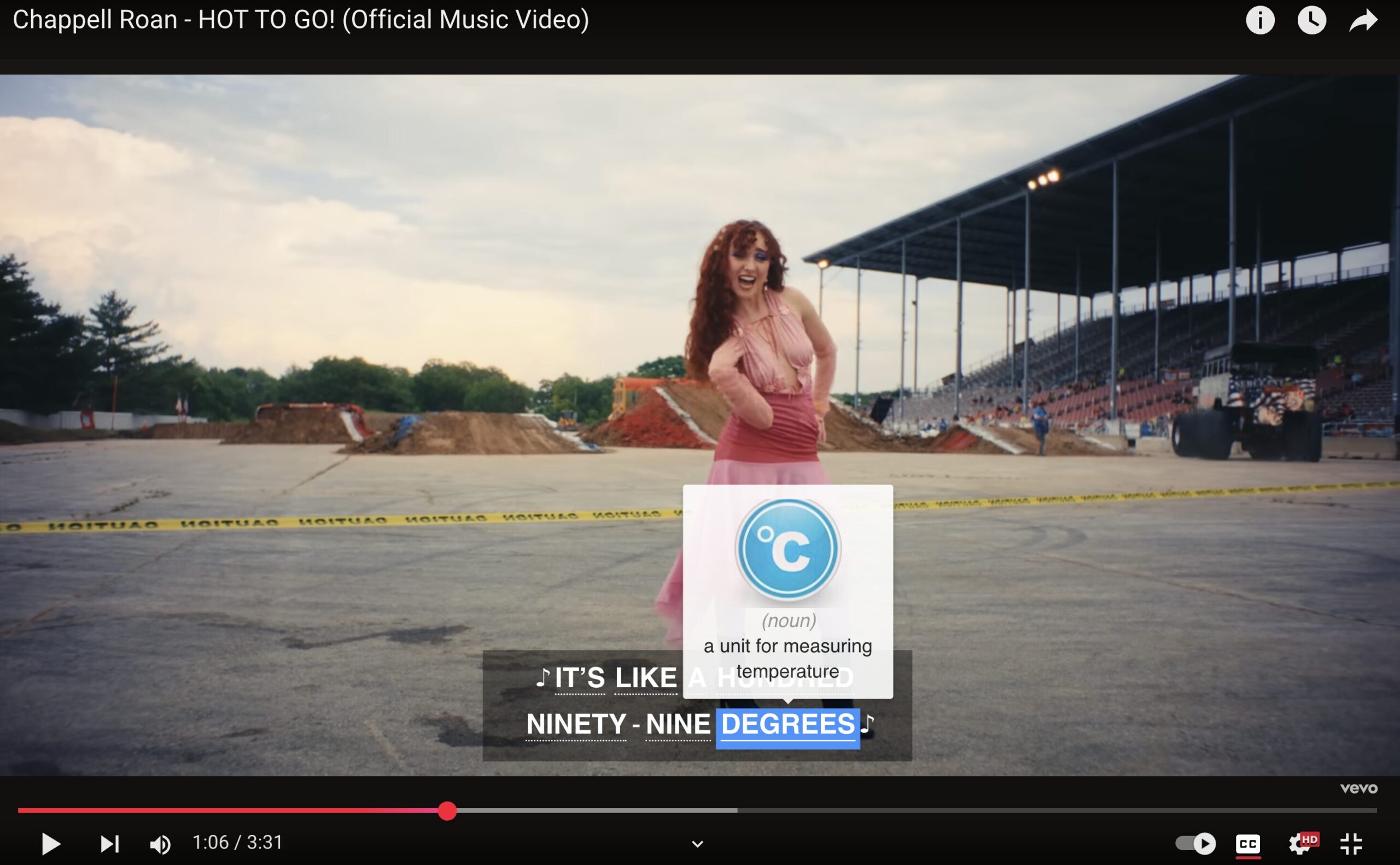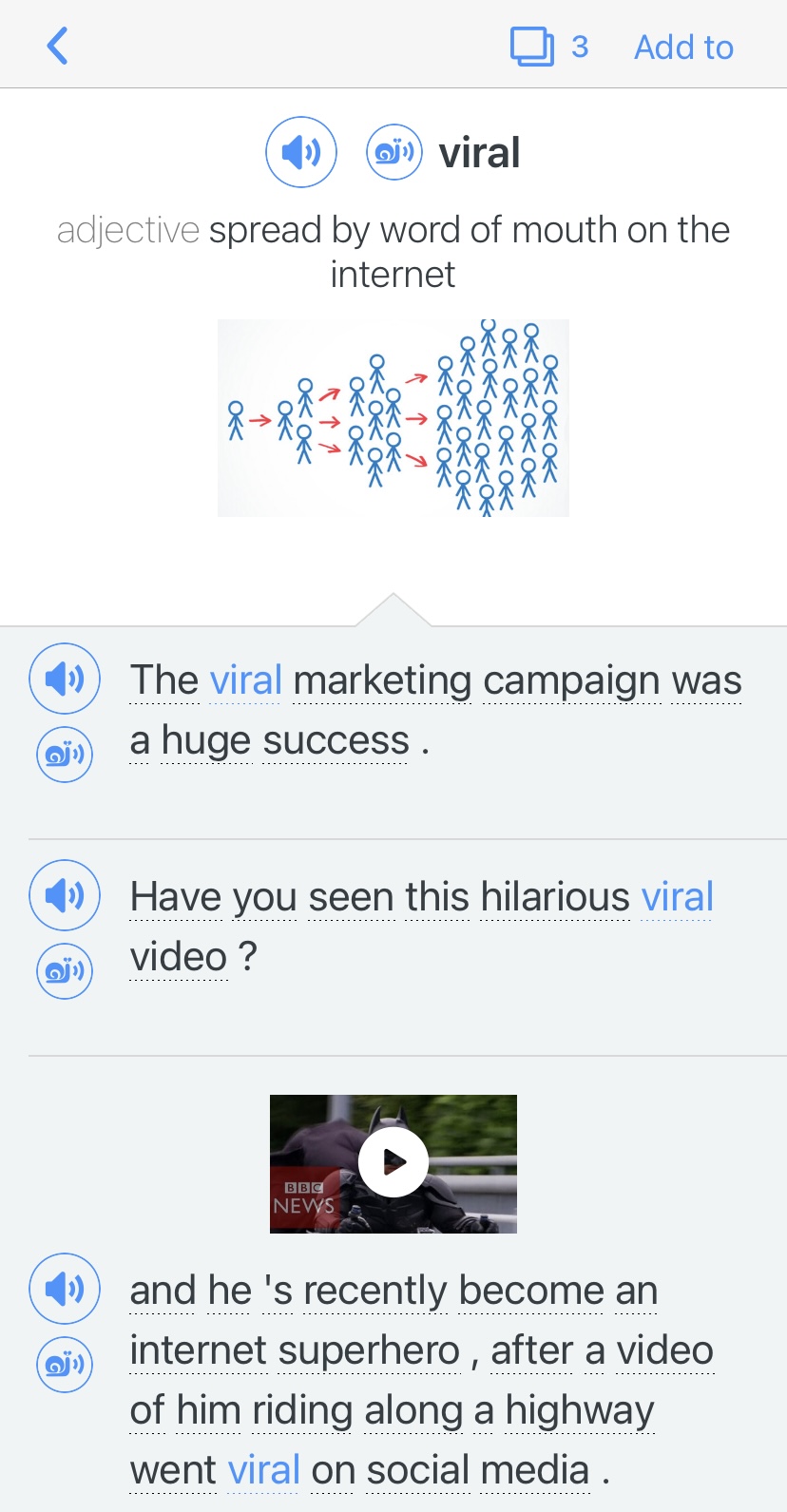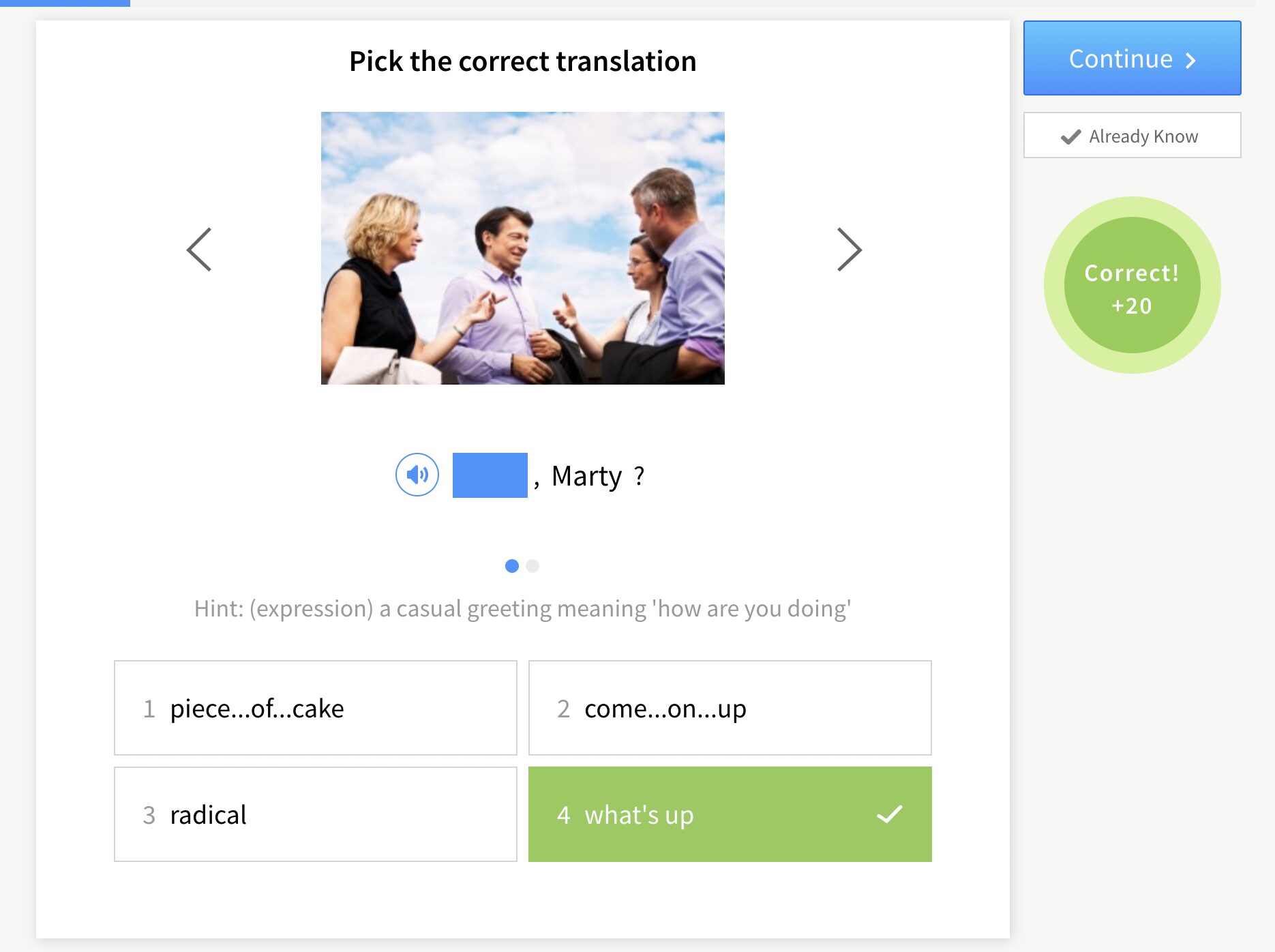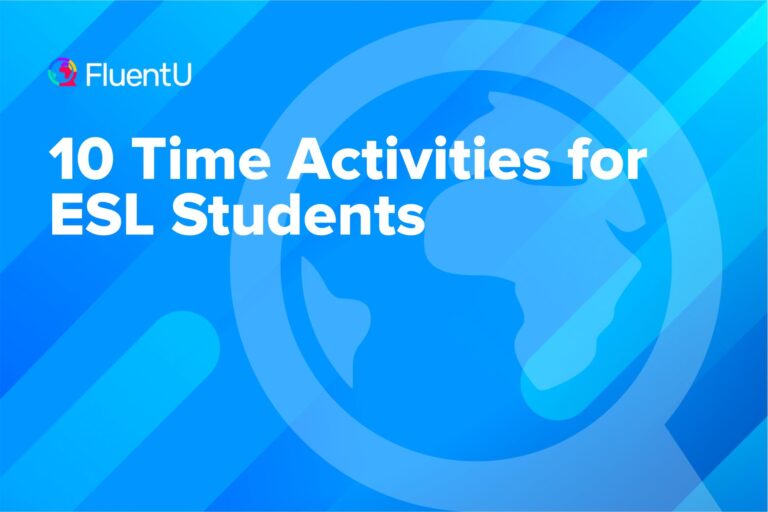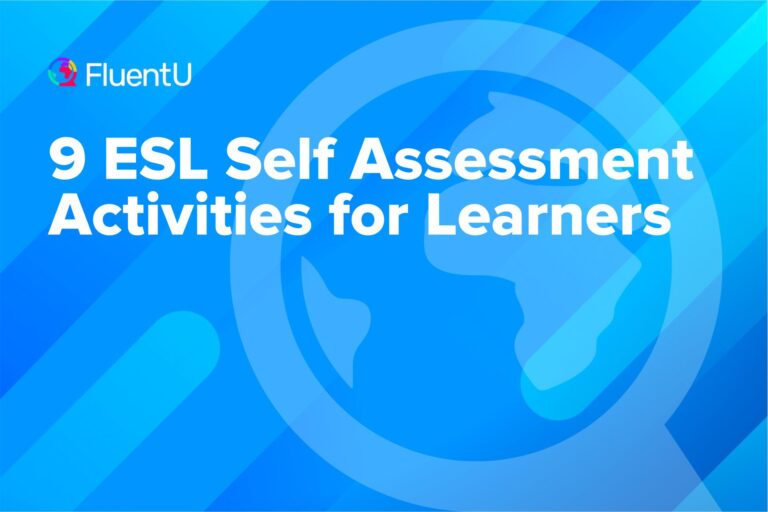8 Methods of Teaching English

Ever get tired of using the same old teaching routines? Many students are used to memorizing verbs, answering worksheets, taking dictation and repeating, repeating, repeating.
However, the prevalence of social media and the internet as a whole has changed the way people learn languages—for the better. It’s imperative for modern language teachers to address the needs and interests of today’s students.
Here are eight fresh methods for teaching English that you can implement in your lessons.
Download: This blog post is available as a convenient and portable PDF that you can take anywhere. Click here to get a copy. (Download)
1. Task-based Approach
The Task-based Learning approach focuses on communication rather than structure. That means that language is an enabler, where each task must be relevant to students’ lives and interests.
Grammar and vocabulary are essentially taught “on the fly” with this approach. This doesn’t mean we’re winging it—rather, language is taught within the context of the task, thus avoiding a teacher-centered grammar explanation.
Sample tasks could include ordering in a restaurant, or perhaps more advanced tasks like critiquing a movie. In this approach, the language taught revolves around the task itself, not the other way around.
For this method to work, teachers must understand their students’ needs and expectations in order to design lessons that help the students succeed. Grammar, vocabulary and language skills are just the vehicles that enable students to achieve their final outcomes.
2. Content and Language Integrated Learning
The Content and Language Integrated Learning (CLIL) method focuses on content more than language itself. In fact, language is seen as an enabler that allows students to use target structures within a given context.
This type of methodology is perfect for schools where teachers teach subjects in English, while the rest of the curriculum is taught in another language. Science, social studies and math can all be taught in this way. The language needed to comprehend the materials is integrated into the content, so teachers don’t have to cover grammar and vocabulary extensively.
One clear advantage of this method is that it allows lessons to be tailored to suit students’ interests and preferences. CLIL is perfect for teaching language in a meaningful way, as it allows you to show students the real-life applications of a language within its cultural context.
Want to teach with CLIL but you’re running low on ideas? Check out OER Commons. There, you can browse free lesson plans and materials that you can customize to suit your students and your curriculum.
3. Project-based Approach
The project-based approach is meant to address students’ needs by adapting language to the skills and competencies they truly need personally and/or professionally. The application of this approach begins by determining the one, global objective that the individual or group of students have.
For example, one time I taught a room full of accountants who were all vying for promotions in their company. They had to produce specific monthly reports in English for multiple departments in their office. So, we broke one sample report into sections and analyzed each segment. Their final project was a finished report they could submit to their boss for approval.
But what if you have a class full of teenagers who don’t want to be in class to begin with? Start by doing a needs assessment, looking at what they’re interested in and what topics they really need to know.
This assessment will lead to the design of one overarching project as the end result of the class, term or course. This project can be anything from an oral presentation to a large-scale production, like a class play.
Think of the project as their final, comprehensive assessment. Just remember that your evaluation criteria must be clear.
4. The Natural Approach
Also known as the “silent way,” the Natural Approach is a teaching method based on the way babies and infants acquire native language. When teaching with the Natural Approach, students initially receive nothing but input from the teacher—they’re not asked to produce anything.
Over time, students are asked to produce so long as they comfortable doing so—based on the target structures taught. They start off by relaying the language taught while they build up their linguistic skills.
This method is perfect for true beginners due to the intensive use of visuals and physical cues to convey meaning. Since students are not asked to produce initially, this reduces learner stress.
A great way to put the natural approach into practice is by performing the activity, “The king wants.”
For this activity, simply ask students for an item and start the sentence with “The king wants… (or the queen wants…)” For example, if you say, “The king wants a pencil,” students must give you a pencil. Don’t have too many items in the class? Flashcards can work just fine.
5. Total Physical Response
Total Physical Response, or TPR, is another great method based on the silent way. TPR requires students to demonstrate understanding through a physical response rather than a verbal one.
Students are not asked to produce any language until they are ready to do so. That’s because TPR is all about acting out language.
The game, “Simon Says” is a great TPR activity for beginners. Plus, it’s a classic most everyone is familiar with.
Teaching higher-level students? Try playing charades! All you need is a few index cards or flashcards. Students are then given cards with words or pictures on them, and must act out the card until their classmates guess the correct word.
In addition to being perfect for beginners, TPR can be utilized throughout instruction across all levels, focusing specifically on kinesthetic learners.
6. Lexical Syllabus
This approach is based upon the core language that students need to know most. Again, professional students may need very specific vocabulary pertaining to their field.
Any other language taught outside of this core language is meant to be supplementary and intended to enable students’ communication within their respective fields.
The good news is that there’s quite a bit of research on this topic, leading to word lists teachers can focus on. For beginners, 10 words would make for a great lesson. Activities can range from matching pictures and definitions to working with dialogues.
Since this method focuses on learning the right vocabulary, there are plenty of programs and apps that can help students learn in an engaging way.
For example, you can use FluentU to give life to those vocabulary lists your students are studying.
FluentU takes authentic videos—like music videos, movie trailers, news and inspiring talks—and turns them into personalized language learning lessons.
You can try FluentU for free for 2 weeks. Check out the website or download the iOS app or Android app.
P.S. Click here to take advantage of our current sale! (Expires at the end of this month.)

FluentU’s authentic content allows students to hear new words in their natural use. This will reinforce what they’ve learned and help them understand how to actually use their vocabulary words.
Students can also search for a word to see it in a video or watch videos they’re interested in and pick up new words from the interactive subtitles. Assign vocabulary lists or videos for homework and you’ll be able to see the questions each student got wrong. This will help you assess each individual student’s needs, allowing you to adapt your lesson accordingly.
7. Suggestopedia
Suggestopedia has caught on quite a bit over the last few years.
This method is based on memorization of language “chunks.” For example, students read dialogues and texts aloud, usually to the rhythm of some type of music. The music is generally classical music, or some other genre suitable to target structure. This is known as “concert reading.”
The use of concert reading fosters a comfortable learning environment, particularly for those students who feel shy.
The Suggestopedia method is suitable for all levels and allows for lots of creativity and fun. Even advanced students can get a kick out of “singing” through their dialogues. For example, if the focus of the lesson is prepositions, you can sing out the following sentence: “Joe went ___ the supermarket ___ the street.” Then, students will shout back, “to” and “across” to fill in the blanks.
8. Using Smartphones in the Classroom
Love them or hate them, smartphones are a part of modern life. Many teachers consider them to be a distraction since most students hate to part with them. Is there a common ground?
Smartphones provide many useful tools for students as well as for teachers, such as dictionary, translator and grammar reference apps.
A great dictionary/translator/grammar reference tool is WordReference.com, available on iOS and Android. Aside from translations, WordReference has a thesaurus, English dictionary and a forum where other users can comment on difficult words or expressions.
The scavenger hunt exercise is an excellent example of how smartphones enhance classroom learning. Here, students must go through websites to find the information they need to fill out a worksheet.
Students can also use their devices to access free, online exercises that reinforce the vocabulary and skills they’ve learned in class. They can even record themselves in action to receive feedback on specific activities.
Bringing It All Together
While traditional approaches do provide a solid foundation for effective language teaching, it’s important to understand that these techniques don’t always address students’ current needs. In fact, the communicative approach, still widely preached as the latest and greatest option, is already due for a makeover of its own.
So, the next time you’re preparing for a new group of students or want to change the way you teach your current ones, try one of the above methods to switch up your lessons!
Combine that with effective use of technology in the classroom, and you’ve got a winning formula no teacher can ignore.
Download: This blog post is available as a convenient and portable PDF that you can take anywhere. Click here to get a copy. (Download)
And One More Thing…
If you’re like me and prefer learning English on your own time, from the comfort of your smart device, I’ve got something you’ll love.
With FluentU’s Chrome Extension, you can turn any YouTube or Netflix video with subtitles into an interactive language lesson. That means you can learn from real-world content, just as native English speakers actually speak.
You can even import your favorite YouTube videos into your FluentU account. If you’re not sure where to start, check out our curated library of videos that are handpicked for beginners and intermediate learners, as you can see here:
FluentU brings native English videos within reach. With interactive captions, you can hover over any word to see an image, definition, and pronunciation.
Just click on the word to see other example sentences and videos where the word is used in different contexts. Plus, you can add it to your flashcards! For example, if I tap on the word "viral," this is what pops up:
Want to make sure you really remember what you've learned? We’ve got you covered. Practice and reinforce the vocab from each video with learn mode. Swipe to see more examples of the word you’re learning, and play mini-games with our dynamic flashcards.
The best part? FluentU tracks everything you’re learning and uses that to create a personalized experience just for you. You’ll get extra practice with tricky words and even be reminded when it’s time to review—so nothing slips through the cracks.
Start using the FluentU website on your computer or tablet or, better yet, download our from the App Store or Google Play.
Click here to take advantage of our current sale! (Expires at the end of this month.)


